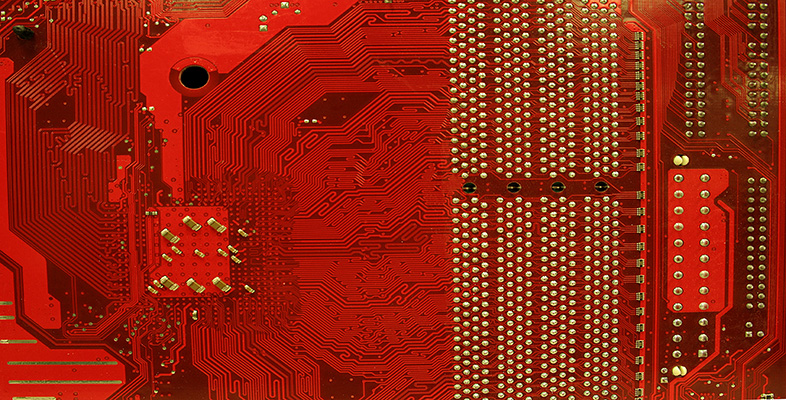4.1.3 Principle of Automation
Whenever the legal moves of a formal system are fully determined by algorithms, then that system can be automated.
A serious problem arises in automatic formal systems. At each state of the system the algorithm must by itself find a legal move (or decide that no move is possible). However, in many formal systems, for any particular state there is often a large number of moves, all perfectly legal, to choose from. Such systems are known as non-deterministic, as opposed to deterministic systems, where only one legal move is available in each state (and which would thus make absolutely rotten games). Chess is a perfect example of a non-deterministic formal system. Glance back at Figure 12. Assuming it is white's turn to move, how many legal moves are available? Don't bother to count them yourself; I've done it for you. Unless I've miscounted, an automated system playing white would have to choose between 51 legal moves at that point. If you are a chess player yourself, you'll be able to see straight away that many of them are immediately suicidal, others merely pointless. But which is the best move, and how is it to be selected?
A very brief answer to this question is that the selection algorithm must incorporate heuristics for choosing the best move. A heuristic means, roughly, ‘a rule of thumb’ or ‘a guide in the investigation or solution of a problem’.
